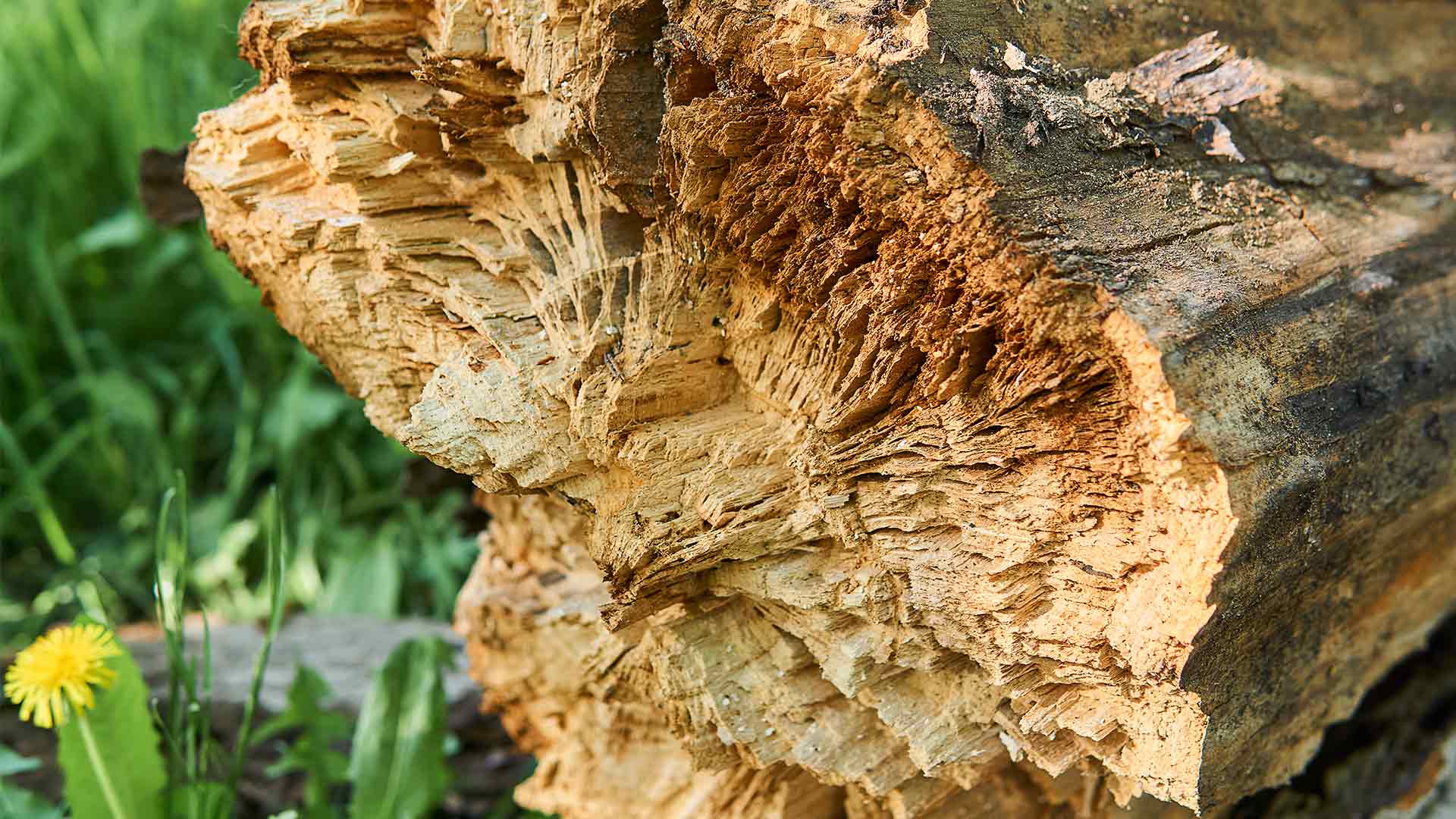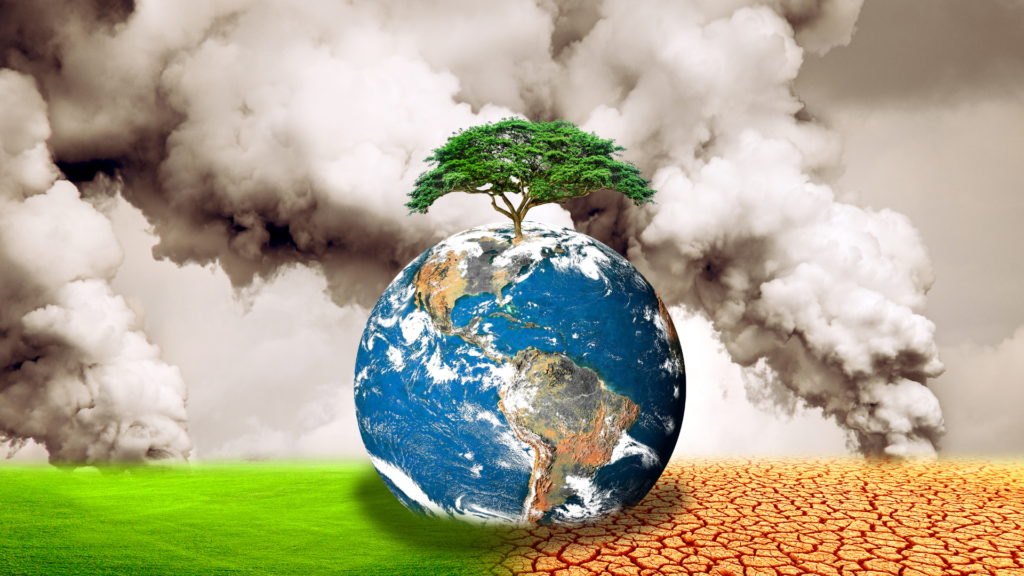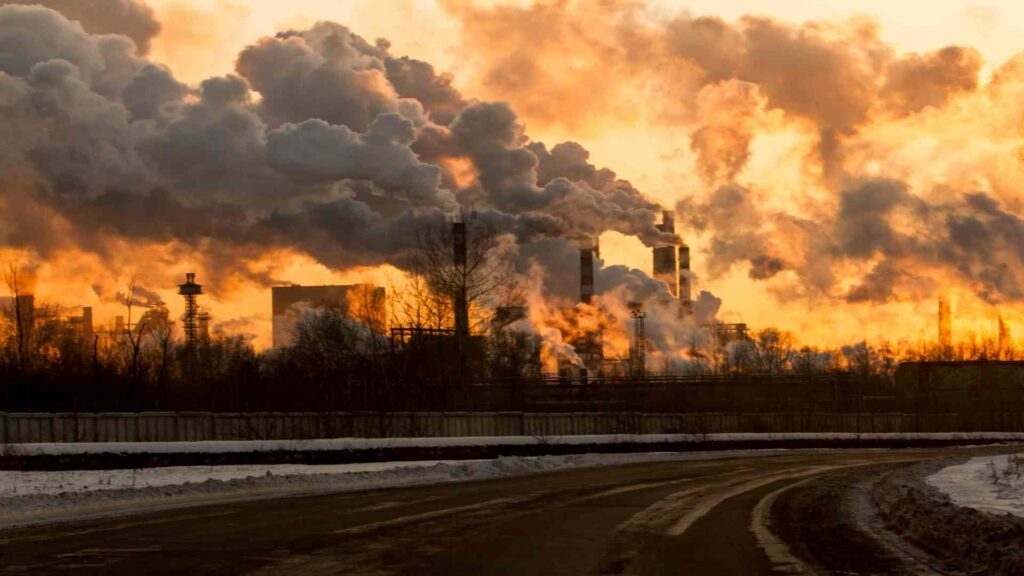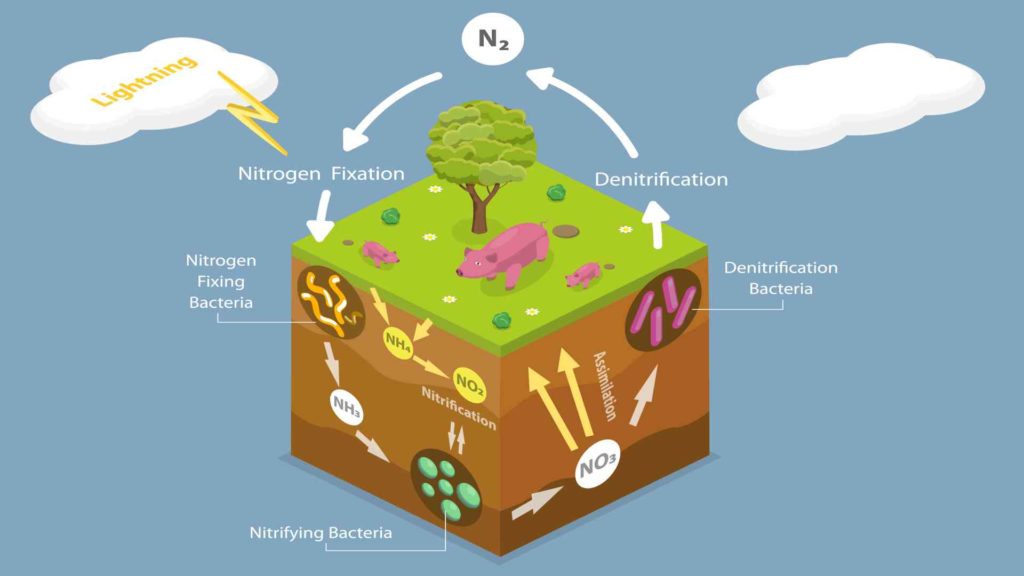Boron in Bioconversion
Boron in bioconversion promotes faster photo-assisted reduction by rapidly converting organic waste into energy sources. With further research, boron may be able to catalyze both redox and hydrolytic reactions in combination with the sun to break down organic matter more efficiently. The subsequent hydrogen gas given off can be used as fuel.

Boron in Bioconversion.jpg
Photo-assisted Reduction and Bioconversion
Bioconversion is a process that can use sunlight to convert organic waste into biomass energy. It has many benefits, including being environmentally friendly.
Photo-assisted reduction is also an environmentally friendly process, especially when used alongside Bioconversion (using photosynthetic organisms). It can produce biomass-to-biofuel or biomass-to-power conversion.
Photo-assisted Reduction also reduces the use of fossil fuels in this conversion process which helps reduce greenhouse emissions. The process creates biofuel from biomass such as wood chips or agricultural residues.
Even though Photo-assisted Reduction and Bioconversion each have their own benefits, they are both dependent on each other to be successful. Photo-assisted Reduction needs organic waste for Bioconversion, while Photo-Assisted Reduction needs photosynthetic organisms.
Boron in Bioconversion
Boron in bioconversion plays a role in photo-Assisted Reduction as a catalyst to create more Photo-Assisted Bioreduction more quickly. Photocatalysis is a process that harnesses the power of light to promote chemical reactions. Boron (B) is an uncommon element that has shown great potential as a photocatalyst for photo-assisted bioreduction.
The photo-assisted bioreduction of organic pollutants is an area of research that has been gaining increasing attention in recent years. One major hurdle to overcome is the lack of a suitable catalyst for this reaction. However, boron may be able to provide some hope as it can catalyze both redox and hydrolytic reactions with some success.
Working on this project further would involve investigating how boron can impact the photo-assisted bioreduction process. It is also key to determining whether or not other metals could have similar effects.
Photo-assisted bioreduction can be used in environments where there are no enzymes present, especially in environments such as water treatment and polluted groundwater sites. The use of boron may help remove toxic compounds from the environment as well as produce hydrogen gas, another clean energy source.
Advantages of using Boron
The heterogenous photo-assisted reduction and bioconversion using Boron can reduce C-O bonds under visible light irradiation. This is useful for various purposes such as biomass conversion via carbohydrate splitting or synthesis of organic compounds. This method is an improvement over previous ones due to its ability to work with both water-soluble substrates and hydrophobic materials.
More research is necessary for this process to become more widely available. But it does show promise as a way for scientists and engineers around the world to use sunlight energy efficiently. All this while creating sustainable solutions that help protect our environment from climate change.
Benefits of Photo-assisted Bioreduction
Photo-assisted reduction is an environmentally friendly process that can produce biofuel or bioenergy from waste products such as manure. It is able to help reduce carbon dioxide levels due to its lack of dependence on fossil fuels for energy production. Photo-assisted reduction needs photosynthetic organisms. They combine together well with photo-assisted reduction supplying the required organic molecules as food. Photo-assisted reduction and Bio reduction are dependent on each other to be successful.
Photo Assisted reduction can also create biomass fuel or biopower using sunlight and organic matter. It works by reducing reliance on fossil fuels in this conversion process. The photo-assisted reduction is able to help reduce carbon dioxide levels due to its lack of dependence on fossil fuels for energy production.
The cost-effectiveness and efficiency of this technology will depend on how it is implemented at different scales. However, boron may hold significant promise in removing pollutants from our water sources. And it helps us live more sustainably by reducing dependence on fossil fuels for energy production.
Other Research and Applications
Boron’s credentials as a catalyst in environmental studies are found elsewhere. For example, a study in 1994, shows that in combination with iron and zinc, boron can promote growth and protein improvement.
Saccharomyces carlsbergensis was cultivated on fermentation media consisting of corn straw hydrolysate [CSH] as a sole carbon and nitrogen source, and supplemented with mixtures of either iron, zinc or boron.
Protein production by the yeast showed the presence of low and moderate concentrations of iron boron in the fermentation media raised the biomass gain and the protein content of the yeast cells, while high concentrations of these trace elements retarded both growth and protein synthesis. Whereas zinc reduced both biomass yield and protein production, boron, when added to corn straw hydrolysate.
Adding iron to the fermentation media with boron improved both growth and protein yield. Further, adding boron in altered mixture with iron to corn straw hydrolysate media stimulated both growth and protein yield. This is a promising study into protein production by yeast in combination with boron.




